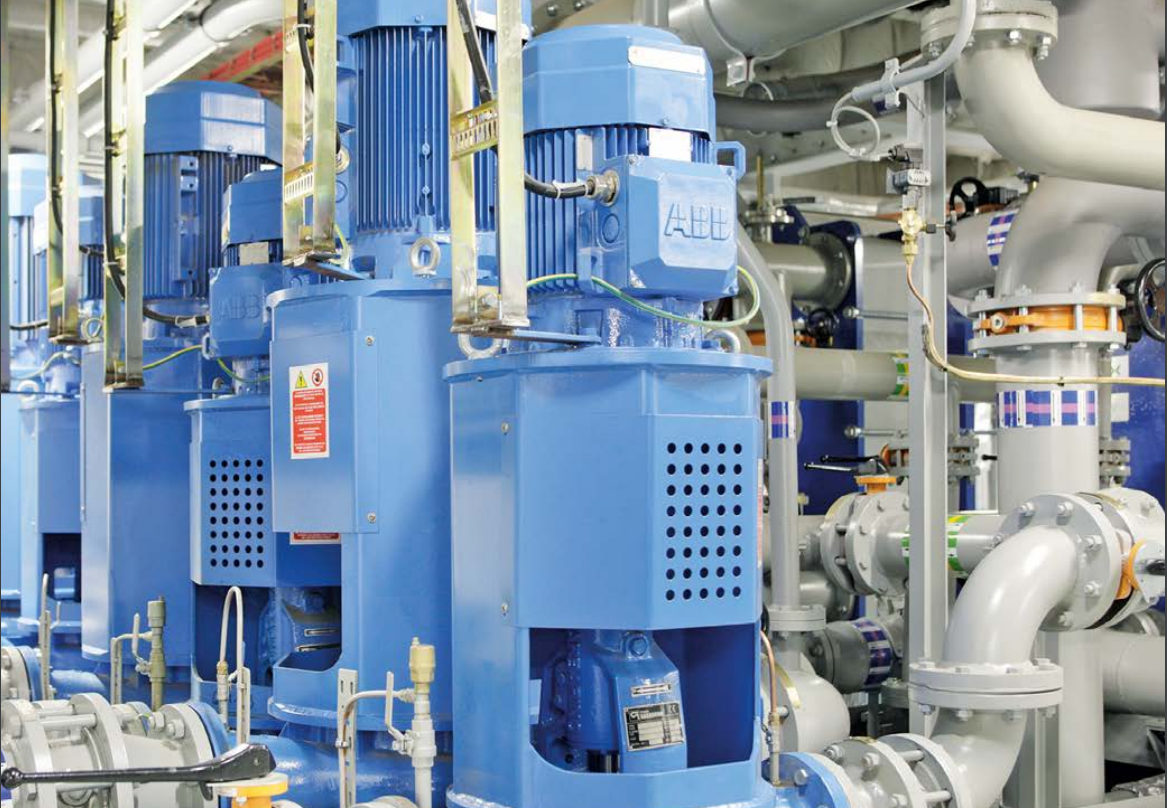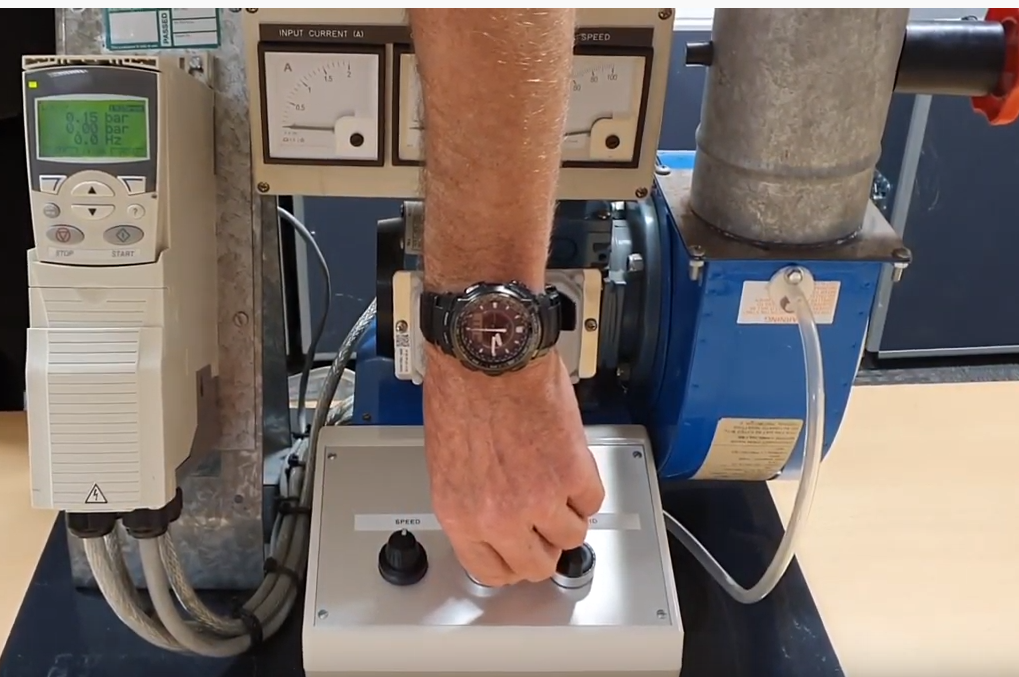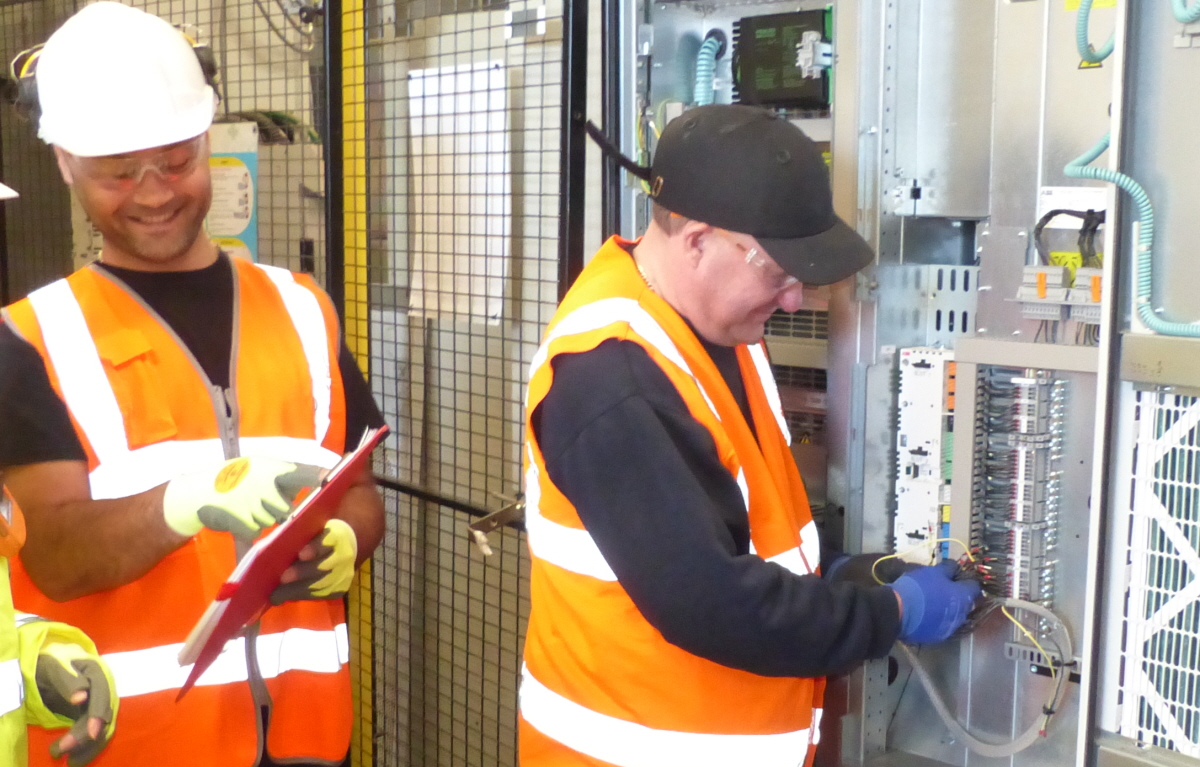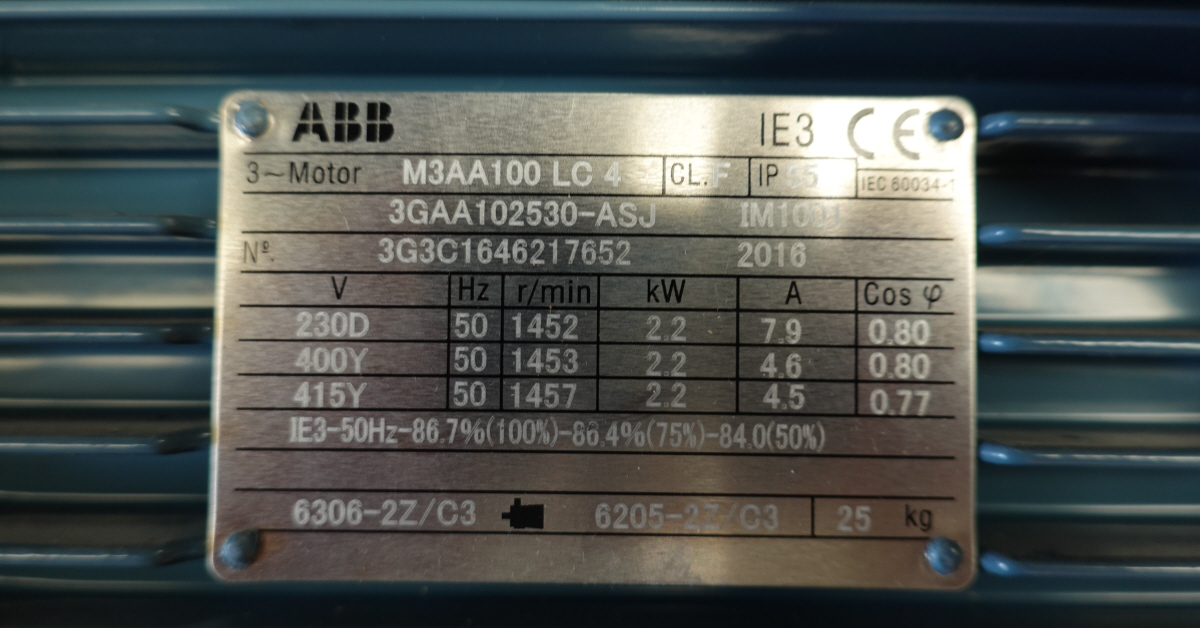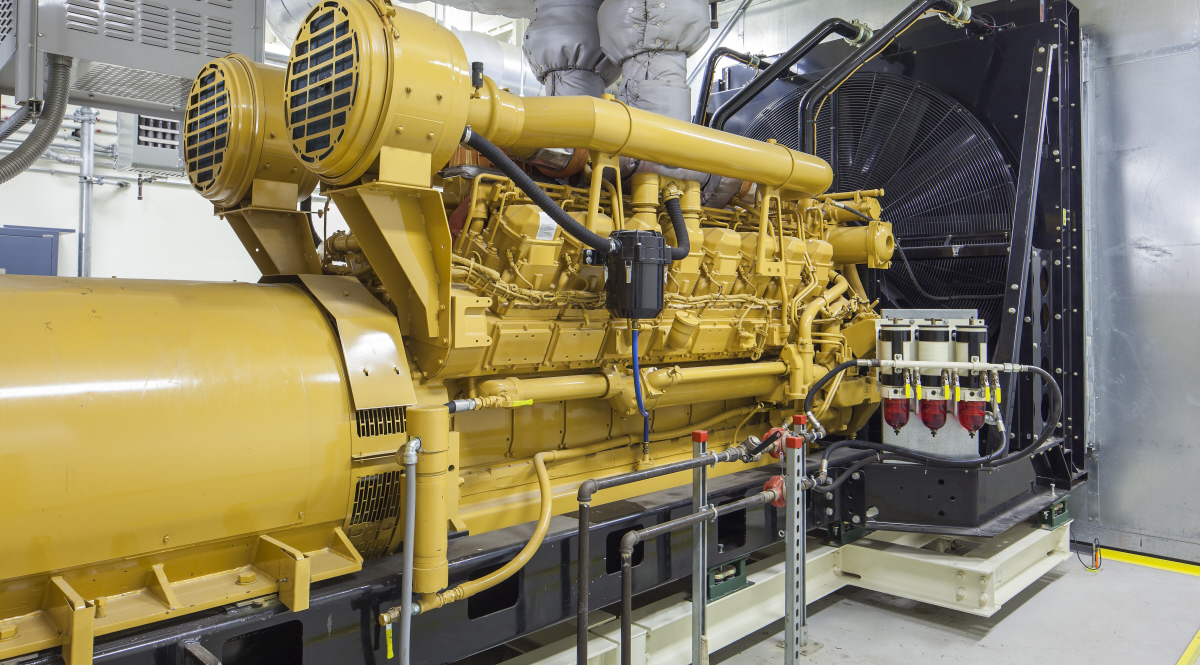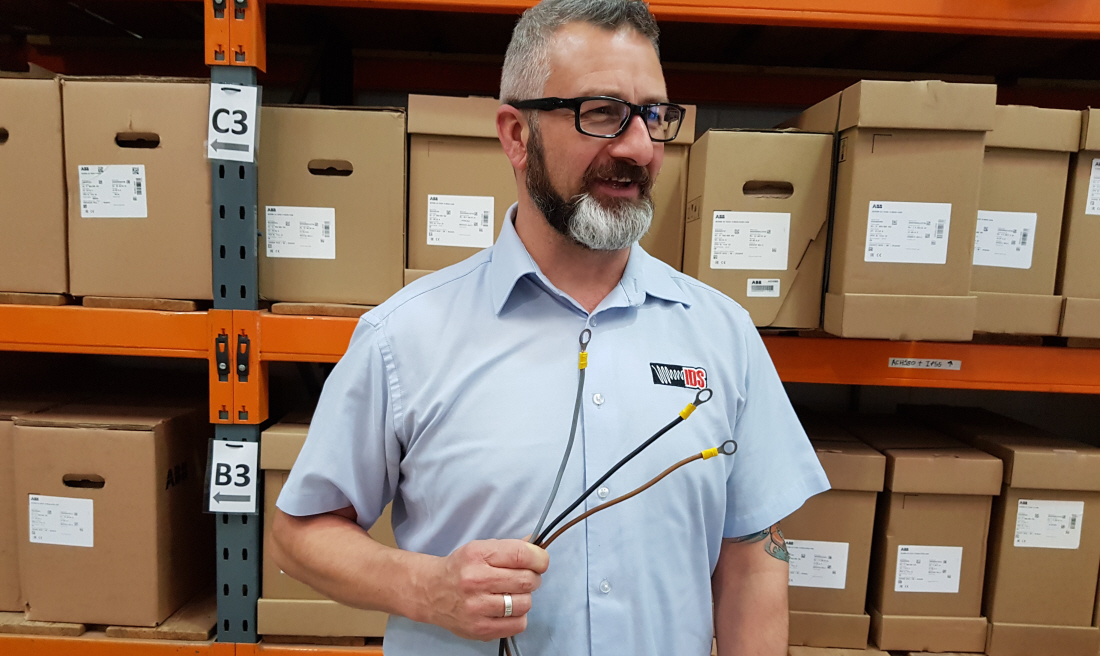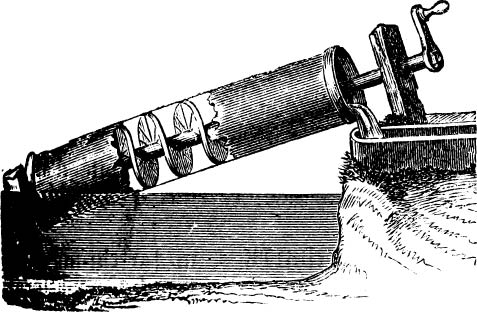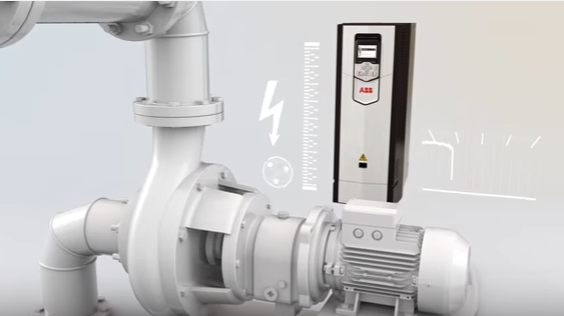Dimensioning a variable speed drive
ABB’s Liam Blackshaw offers advice on how to dimension a variable speed drive correctly When assessing an application and choosing a variable speed drive (VSD) to suit, it is important to consider the following to avoid over-dimensioning that can lead to unnecessary expense, impaired performance and the risk of a decrease inefficiency. 1. Check the […]

